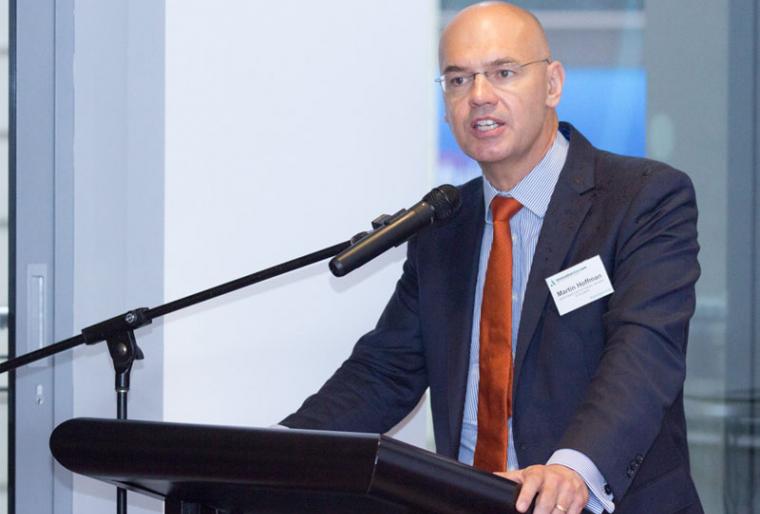After years as a technology also-ran among state governments, New South Wales is suddenly Australia’s most advanced on ICT strategy, and is showing the way in important areas like data centre consolidation, digital service delivery, and digital identification.
The NSW Government is the first in Australia, and one of the first in the world, to introduce digital licensing. Already issued are digital fishing licences, and the Responsible Service of Alcohol (RSA) and Responsible Conduct of Gaming (RCG) accreditation.
These three licences have acted as pilots, with NSW planning to introduce digital driver licences by 2018. That will be the big step – driver licences are the de facto standard for identification of individuals in Australia. Their introduction will be a major step towards a standardised digital ID system across the country.

The secretary of the NSW Department of Finance, Services and Innovation (DFSI) Martin Hoffman says digital driver licence will be “foundational,” in that much else will flow from it.
“The technology is not that complex, but the policy and regulatory consequences are,” he said in his keynote address to the InnovationAus.com Open Opportunity event in Sydney last week.
“An electronic driver licence is more than just an image on a mobile phone. It is a true electronic ID. That means significant changes to how government and private enterprise do business.”
It may end up changing more than just the way NSW does business with its licenced motorists. Digital ID is central to many of the digital government initiatives currently underway in Australia. NSW’s MyServiceNSW is the most advanced, but all the states and territories are embracing the concept.
The Federal Government has been examining the introduction of some sort of digital ID ‘National Trusted Identities Framework’ since 2012, and last year the Financial System Inquiry recommended the development of a national strategy for trusted digital identities.
The idea of the “federated-style model” recommended by the Inquiry is intended to circumvent the privacy issues that shot down the Australia Card idea in the late 1980s.
Since then tax file numbers and Medicare cards, as well as driver licences, have all been used as ways of identifying people when they deal with government.
A digital driver licence, even in one state, will be a significant step towards a national digital ID. The NSW system may well be followed by other states, and has a good chance of being adopted as the national standard.
It is tangible evidence of how far NSW has come, not just in the delivery of government services electronically, but in ICT generally.
The NSW Government, taken as a whole, is the largest organisation in Australia. It has over 325,000 employees (full time equivalent) – over 100,000 of those in health alone. That is more than twice as many as the Federal Government. Total revenues in the current financial year are estimated at $77 billion. It spend more than $2 billion a year on ICT.
Moving the ICT operations of hundreds of departments and agencies into two data centres – one in the Silverwater near Parramatta and the other in the Wollongong suburb of Unanderra, necessarily involved a massive amount of restructuring
The strategy, known as GovDC, was one of the largest ICT re-engineering projects ever undertaken in Australia.
Many thought it would fail, but it has been a great success. All government departments now house their gear in one of the two data centres, or have outsourced their ICT operations entirely, usually to cloud based systems.
Even AC3, the former supercomputing centre set up by the NSW Government and the state’s universities, has moved into the data centres. It has changed its role to that of an ICT service provider to government and private industry.
The GovDC strategy is producing tangible benefits in terms of lower costs and streamlined operations. Many departments and agencies have taken advantage of the strategy to completely redesign their ICT operations and greatly increase the digitisation of the delivery of government services.
With the digitisation of the state’s driver licences, that will take an enormous leap forward.
The Canberra edition of the Open Opportunity event will be held at QT Canberra on Thursday 24 November. More information here.
Do you know more? Contact James Riley via Email.
